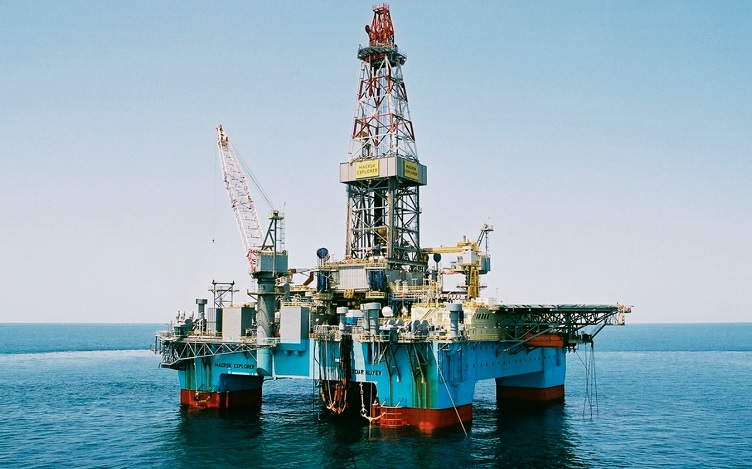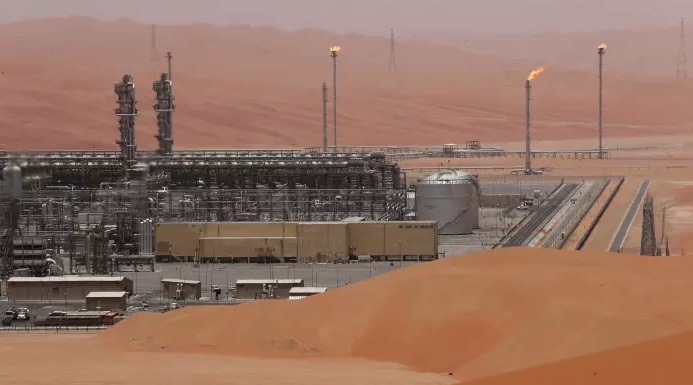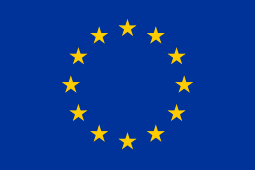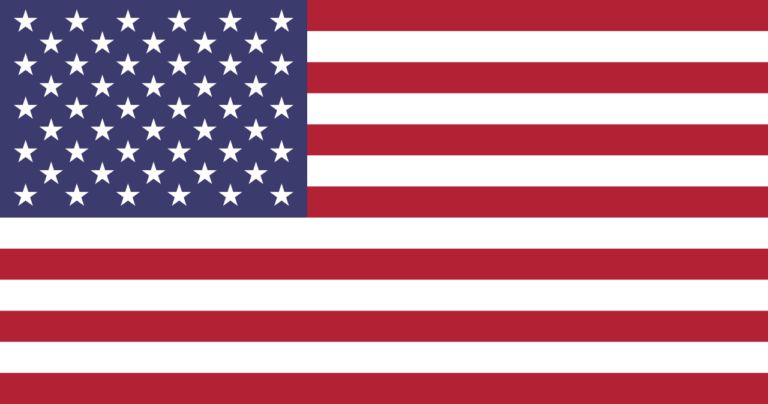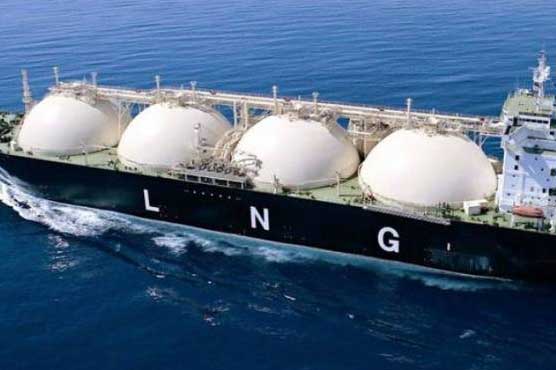Saudi bulls retreat as Aramco letdown adds to policy shocks
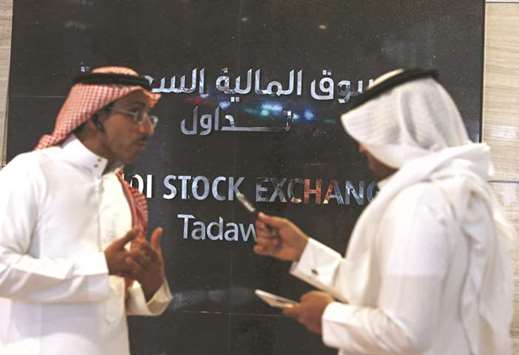
Bloomberg/Dubai
The Arab world’s biggest bourse is losing its appeal to foreigners just two months after it won inclusion in MSCI Inc’s emerging-market index.
That’s because the initial euphoria surrounding Crown Prince Mohammed bin Salman’s efforts to overhaul the nation’s economy has given way to scepticism as the kingdom put on hold the initial public offering of oil giant Aramco.
A dispute over Canada’s criticism of the jailing of Saudi rights activists has also heightened concerns over the prince’s increasingly assertive policy and the impact it would have on capital flows.
Overseas money managers turned net sellers of Saudi stocks in six of the past eight weeks after MSCI said it will include the country in its emerging-market equity indexes starting June 2019.
Global factors, including the roll-back of crisis-era stimulus and a global trade skirmish, have also dented demand for riskier assets.
The selling in Saudi stocks by foreign investors has become more widespread, reflecting concerns “about stalling or even reversed reforms,” said Marshall Stocker, a Boston-based portfolio manager at Eaton Vance Corp whose fund isn’t invested in the kingdom. “Until we see a commitment to firmly adopting policies which lead to an increase in economic freedom, we doubt the Saudi Arabian equity market will outperform.”
Overseas investors pulled a net 660.6mn riyals ($176mn) from Saudi equities in the eight weeks ended August 16.
In contrast, they had poured $153mn in the eight weeks leading up to MSCI’s announcement.
The oil-rich kingdom’s key stock index has dropped 5.8% from a peak in July, curbing its advance this year to 11%.
While its 2018 gain is considerable compared to the almost 8% drop in emerging-market stocks, the gauge is lagging measures in neighbouring Qatar and Abu Dhabi.
Saudi Arabia had gone to great lengths in recent months to suggest that change may now be in the air, giving women the right to drive and reopening cinemas. But in recent months, women’s-rights activists have been imprisoned and prosecutors are currently seeking to behead Israa al-Ghomgham, who participated in anti-government protests in the eastern part of the country. Then there’s the kingdom’s clash with Canada.
Saudi Arabia froze diplomatic ties and new business deals with the North American nation this month for criticising its treatment of women activists. The decision to shelve Aramco’s IPO – billed as potentially the world’s biggest – in part reflects the kingdom’s much stronger fiscal position, given the government’s spending reform and rise in




